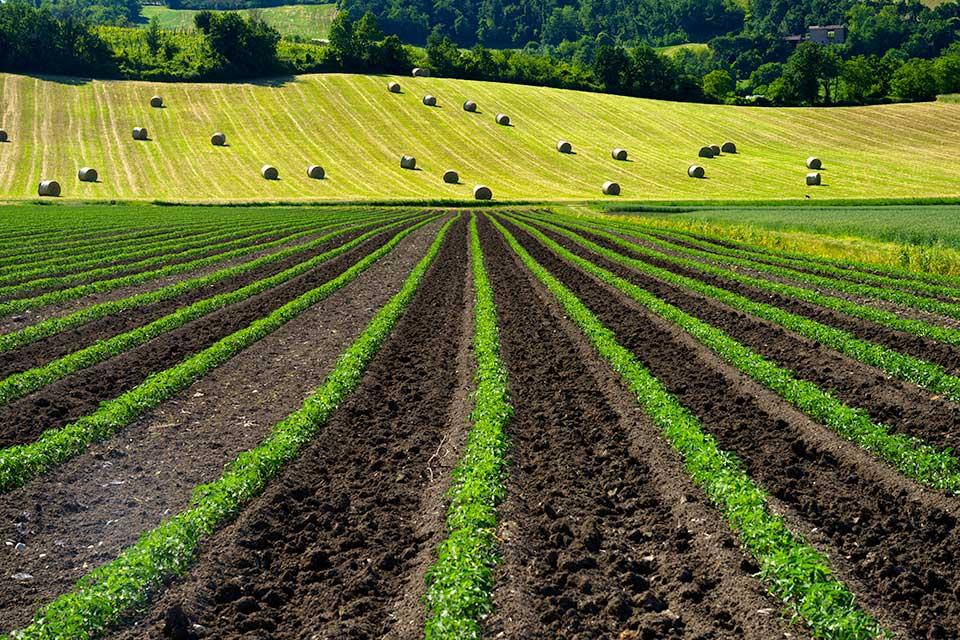Datasets
Standard Dataset
Image Dataset of Tea Chrysanthemums in Complex Outdoor Scenes

- Citation Author(s):
- Submitted by:
- Siyang Zang
- Last updated:
- Fri, 06/21/2024 - 14:00
- DOI:
- 10.21227/vc18-rv06
- License:
 601 Views
601 Views- Categories:
- Keywords:
Abstract
Tea chrysanthemum possesses many biochemical compounds that are beneficial to human health. However, the harvesting of the tea chrysanthemum is time-consuming and labour-intensive; hence automated harvesting can be expected in the future. In automated harvesting, the first step is the detection of tea chrysanthemums, which depends on the quality of the tea chrysanthemum image datasets. Tea chrysanthemums can have multiple flower heads with different sizes at different stages, and there is a lack of sufficient image datasets, making it difficult to detect tea chrysanthemums in complex outdoor scenes. Here, we present an image dataset of six types of tea chrysanthemums (Bo-chrysanthemum, Hangbaiju, Jinsihuangju, Wuyuanhuangju, Gongju, and Chuju), a total of 81,276 images (1080×1920 pixels), captured using Mi10 phone. Mi10 captures images of tea chrysanthemums that can meet the requirement of detection of tea chrysanthemums in complex outdoor scenes compared with the pictures collected in a controlled environment. The image dataset was collected under five difficult-to-identify complex outdoor conditions: (1) direct light, (2) backlight, (3) shadow, (4) occlusion, and (5) overlap. Further, 3000 images of each type of tea chrysanthemum were labelled manually and saved in XML format, which can be used for training and validation of machine learning models to detect tea chrysanthemums in complex outdoor scenes. Besides, this dataset also provides 453 original images (5760×3240 pixels) and videos (1080P and 60FPS) of tea chrysanthemums, which enables other researchers to use these datasets for further image analyses.
The first five folders correspond to the five kinds of tea chrysanthemums; the sixth and seventh folders correspond to Chuju. Each tea chrysanthemum folder includes four files
(1) JPEGImages: 3000 images to be annotated from the total images
(2)Original images: the original images collected
(3)Total images: processed images
(4)Video: collected video data
The last folder includes the annotation files of the six chrysanthemums in XML format corresponding to the files in JPEGImages.
More from this Author
Dataset Files
- A. Jinsihuangju.zip (17.37 GB)
- B. Hangbaiju.zip (21.24 GB)
- C. Bo-chrysanthemum.zip (25.35 GB)
- D. Wuyuanhuangju.zip (15.08 GB)
- E. Gongju.zip (17.31 GB)
- F. 01.zip (18.29 GB)
- F. 02.zip (29.88 GB)
- Annotations.zip (15.89 MB)






